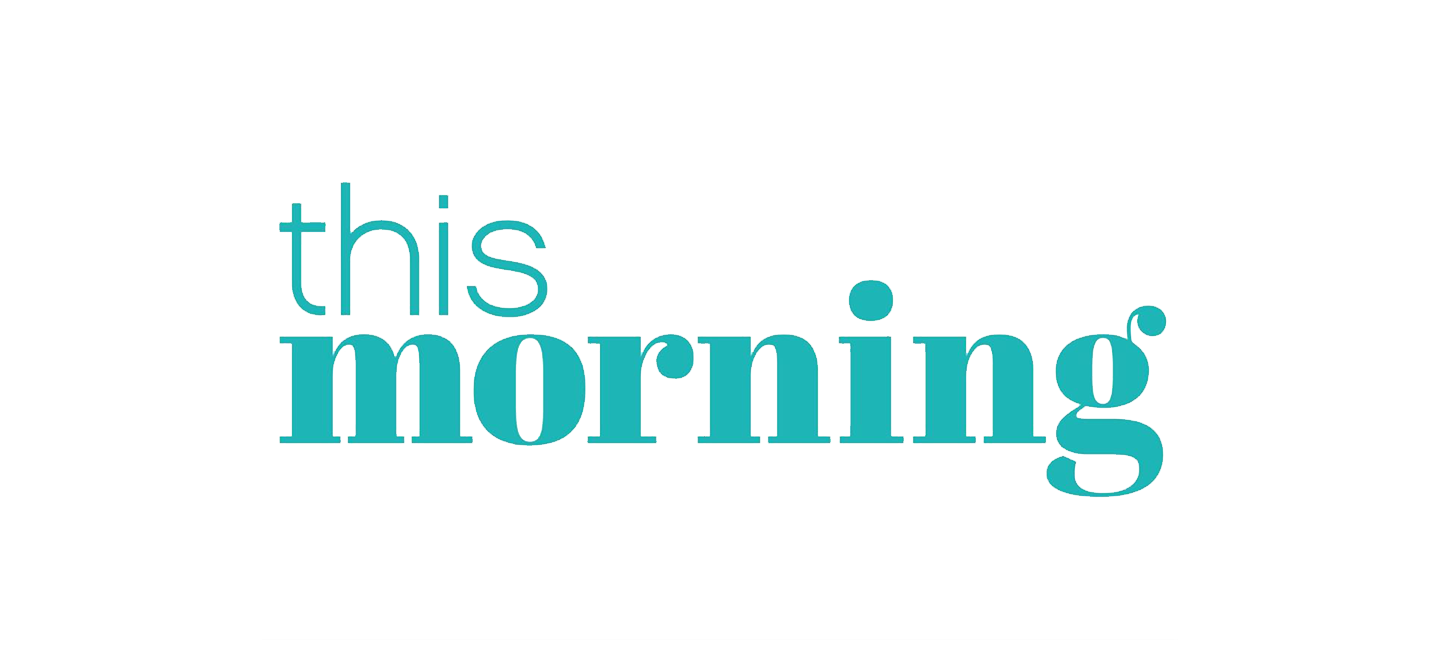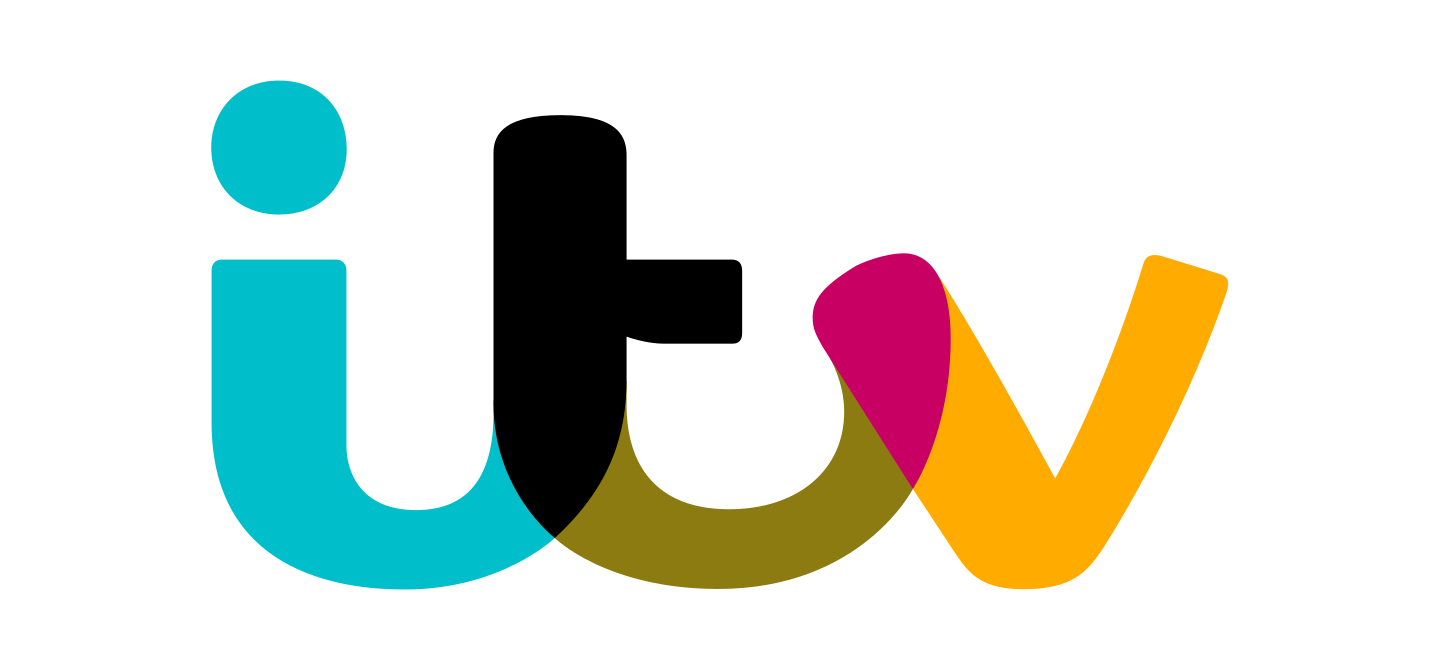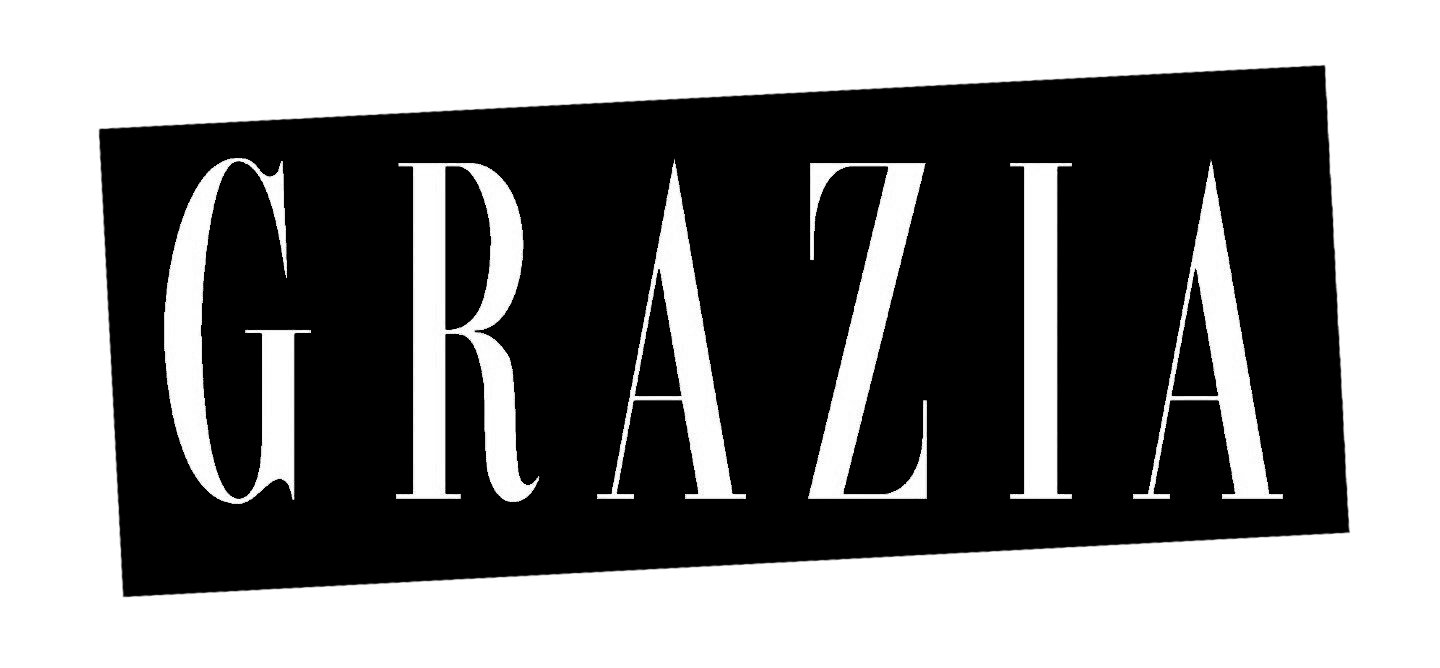
Welcome to week 36 of the Happy Parents Happy Baby guide to pregnancy, birth and beyond.
This week we’ll be covering:
We hope you enjoy it!


Babies will change position many times during pregnancy, but by 36-37 weeks most will turn head down and stay in that position until birth.
If your baby hasn’t moved into the head down position there may be some extra considerations for your birth.
So this week we explain the different positions your baby may be in and what it might mean for you..
Occiput anterior aka ‘front to back’
Most babies are born head first, with their chin tucked into their chest and their back against your stomach.
This position is called Occiput Anterior (OA) or ‘front to back’ and is the most streamlined position for your baby to be born.
Occiput posterior aka ‘back to back’
Sometimes babies lie head down with their back against your back.
This position is called Occiput Posterior (OP) or ‘back-to-back’. This is of little importance during your pregnancy and most babies in this position are born vaginally. However:
It’s important to know that most babies that are back to back will turn to the front to back position during the early stages of labour.
Transverse
Some babies lie sideways across the womb rather than head down.
This is known as transverse lie. If your baby is still in this position at 36 weeks or when labour starts, you will be offered:
Breech aka ‘feet first’
Babies lying bottom or feet down rather than head down are referred to as being in breech position. Being breech is common in early pregnancy and by 36–37 weeks of pregnancy, most babies will have moved to be head down. However, 3 or 4 in every 100 remain breech. You can read the Royal College of Obstetricians and Gynaecologists information leaflet here.
This week your baby is busy building up their fat stores ready for life in the outside world. It is normal for babies to lose some weight in the early days of life so these fat stores provide a buffer until feeding is established and they start gaining weight again.
Most babies by this stage are in the head down position, but if not your midwife will advise you of next steps.
Your baby is shedding the downy ‘lanugo’ hair that once covered it’s body as well as some of the cottage cheese like ‘vernix’ covering the skin. These enter the amniotic fluid and are swallowed by the baby, resulting in meconium being formed in the guts. This is passed as the first black tar-like poo.



Each week we’ll be delving into the common symptoms of pregnancy and bringing you top tips for managing them from our team of specialists and parent community.
Carpal tunnel syndrome
Why are my hands and wrists aching?
Carpal tunnel syndrome (CTS) is a common pregnancy symptom and it may affect one or both of your hands. It’s caused by compression of a major nerve (the median nerve) that runs through a tunnel in the wrist known as the carpal tunnel.
Symptoms include:
Is there treatment for CTS?
There are a few things you can try to ease the pain and, as with many pregnancy symptoms, carpal tunnel syndrome should resolve after you’ve had your baby.
Symptoms commonly go after the baby is born.Always seek help from your healthcare team if you are worried.
Read more about managing third trimester symptoms here
This week we catch up with Megan from our online course who shares the positive birth of her baby Eliza.
“My pregnancy was plain sailing, up until 37 weeks, when I had a growth scan where we found out that Eliza was breech! After the initial shock and upset, as a C-section was far from my planned hypnobirthing water birth, I referred back to all the information given to us on the HPHB course about Caesarean sections to really help me prepare for my birth. I then used this to help me prepare for the positive birth I wanted.
“We were excited and nervous all at once. The theatre had views of Brighton beach and the South Downs which was just beautiful as the sun was setting. I used my breathing techniques as the doctors prepped. HPHB helped us to understand how many people would be in theatre with us and their roles – if we hadn’t known this, we may have been daunted as it’s more than you think! It also really helped that everyone referred to us by our first names, making us feel at ease straight away.
“We got to play our playlist (which everyone loved!) and before we knew it Eliza was raised above the drapes to greet us! The birth was slow and calm, which included delayed cord clamping, my birth partner cutting the cord and lots of skin to skin while the surgeons finished the procedure. Eliza was so calm the whole time.
“The first moment I saw Eliza I was elated! Nothing can describe the instant love for such a tiny human!”


If you’re planning to breastfeed, the Elvie wearable electric breast pump is a big hit with our graduate community. It’s perfect for discreet and hands-free pumping.
Products are based on suggestions from our specialists and community of parents. We may earn commission from shopping links.
Happy Parents Happy Baby is here to support you through every step of your pregnancy, birth and parenting journey.
Connect with other parents-to-be and learn everything you need to know, by joining our award-winning antenatal classes.



Thank you so much for joining us!
Have a great week.
Team HPHB x
Information you
can trust
Our articles are based on the latest-evidence based guidelines and scientific research and are written by our team of medical experts.
Coming up
next week
Check out our Instagram page for extra resources from our team of experts and for free live events, such as pregnancy relaxation sessions
Follow us @happyparents.happybaby







Free downloadable resources and weekly guides for your pregnancy.
Enter your postcode to find your nearest Happy Parents Happy Baby antenatal classes